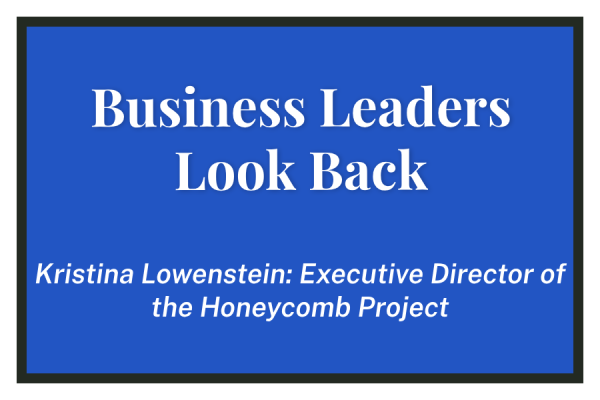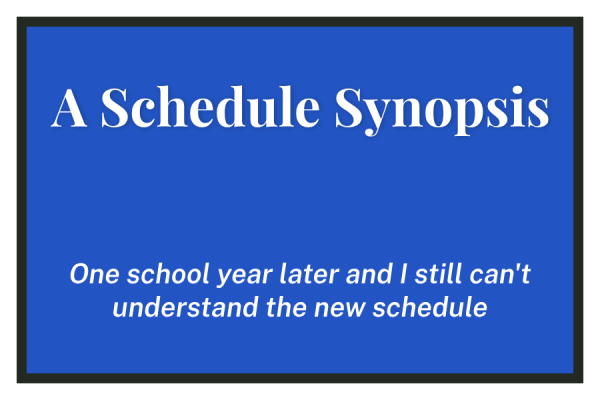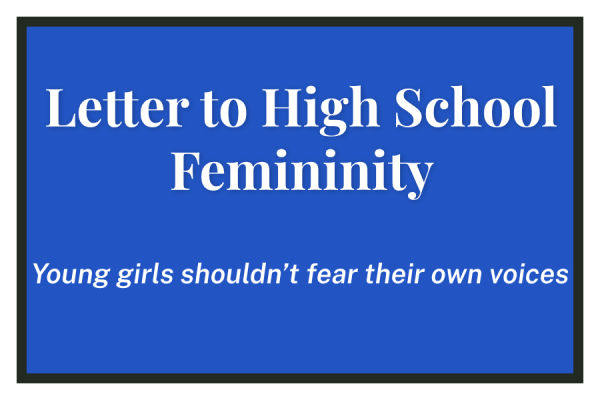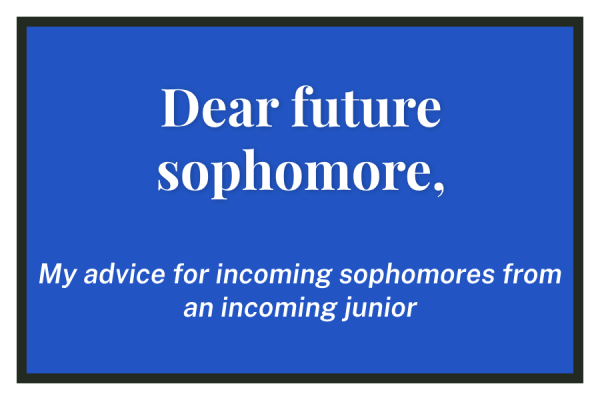Emma’s Dilemmas, Issue 7
Why 2018 May Actually Be the Year of the Woman
On January 20, Congress failed to reconcile disputes surrounding the Deferred Action for Childhood Arrivals (DACA) and fund government agencies, resulting in a shutdown. Democrats successfully maintained a filibuster only to buckle under the featherlight weight of empty promises from the right. President Donald J. Trump, who marked the one-year anniversary of his inauguration, enthusiastically claimed the two-day affair as another win for his administration. While bureaucrats used the lives of DREAMers as a vehicle for posturing and inefficiency, a second shutdown occurred.
Hundreds of thousands of people closed down streets and rallied to empower women in the 2018 Women’s March. Unlike the reactionary protest that characterized last year’s march, this year’s participants called for “Power to the Polls.” On the heels of the #MeToo movement, the message of the march rang clearly and decisively above a sea of neon signs and fuschia hats to usher in a new era of political progress.
526 women are seeking elected office in the upcoming November 2018 midterm elections. A blend of incumbents and challengers, over three hundred of these predominantly Democratic politicians are gunning for seats in the House and Senate, while over seventy are determined to secure a governorship.
While more women were elected to Congress in “The Year of the Woman” than in any previous decade, 2018 is slated to overshadow 1992 for female representation in the government–with immigration, health care, taxes, and education at the center of the platforms. Women are showing up– in their industries, at the polls, in their communities, and now, on ballots, in greater numbers than ever before.
At Parker, over half of the positions on Cabinet are held by young women. Equal representation in politics in the United States, however, is still very much the exception, not the norm. According to the Inter-Parliamentary Union, the United States ranks 99th out of 190 countries for women’s representation. Democracy is intended to be for the people, by the people, and yet political power remains in the hands of a select, disproportionate few.
Progress doesn’t look like Mitch McConnell. Progress looks like Lauren Baer, whose vision of a brighter future may make her the first woman to be elected to Congress in a same-sex marriage. Progress looks like Tarana Brooke, whose activism captured the demand for accountability through a hashtag. Progress looks like Tammy Duckworth, who will be the first woman to give birth while holding office as a U.S. senator. Progress looks like Nikki Haley, shutting down sexist remarks that a powerful woman in her position with years of experience must also be entangled in an affair with the president.
These 526 give me hope for our country, as fleeting as this hope could prove to be. As I eagerly await a future in which female politicians are known as politicians who happen to be women, 2018 may very well be the call to action we need.












